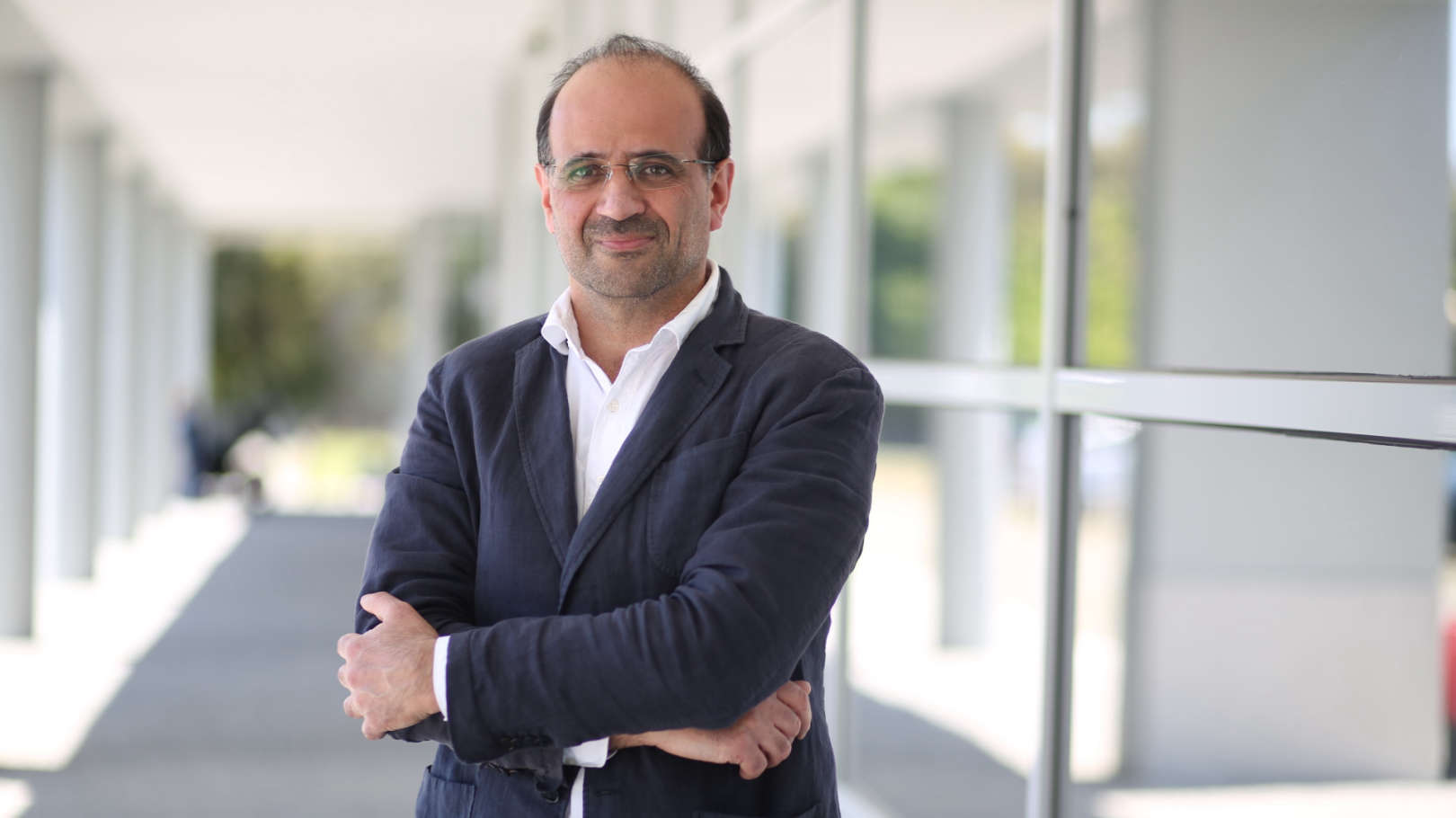About
Aníbal Matos received a PhD in Electrical and Computer Engineering form Porto University in 2001. He is currently associate professor at the Faculty of Engineering of Porto University and a member of the board of directors at INESC TEC. His main research interests are related to perception, sensing, navigation, and control of autonomous marine robots, being the author or co-author of more than 80 publications in international journals and conferences. He has participated and lead several research projects on marine robotics and its application to monitoring, inspection, search and rescue, and defense.


